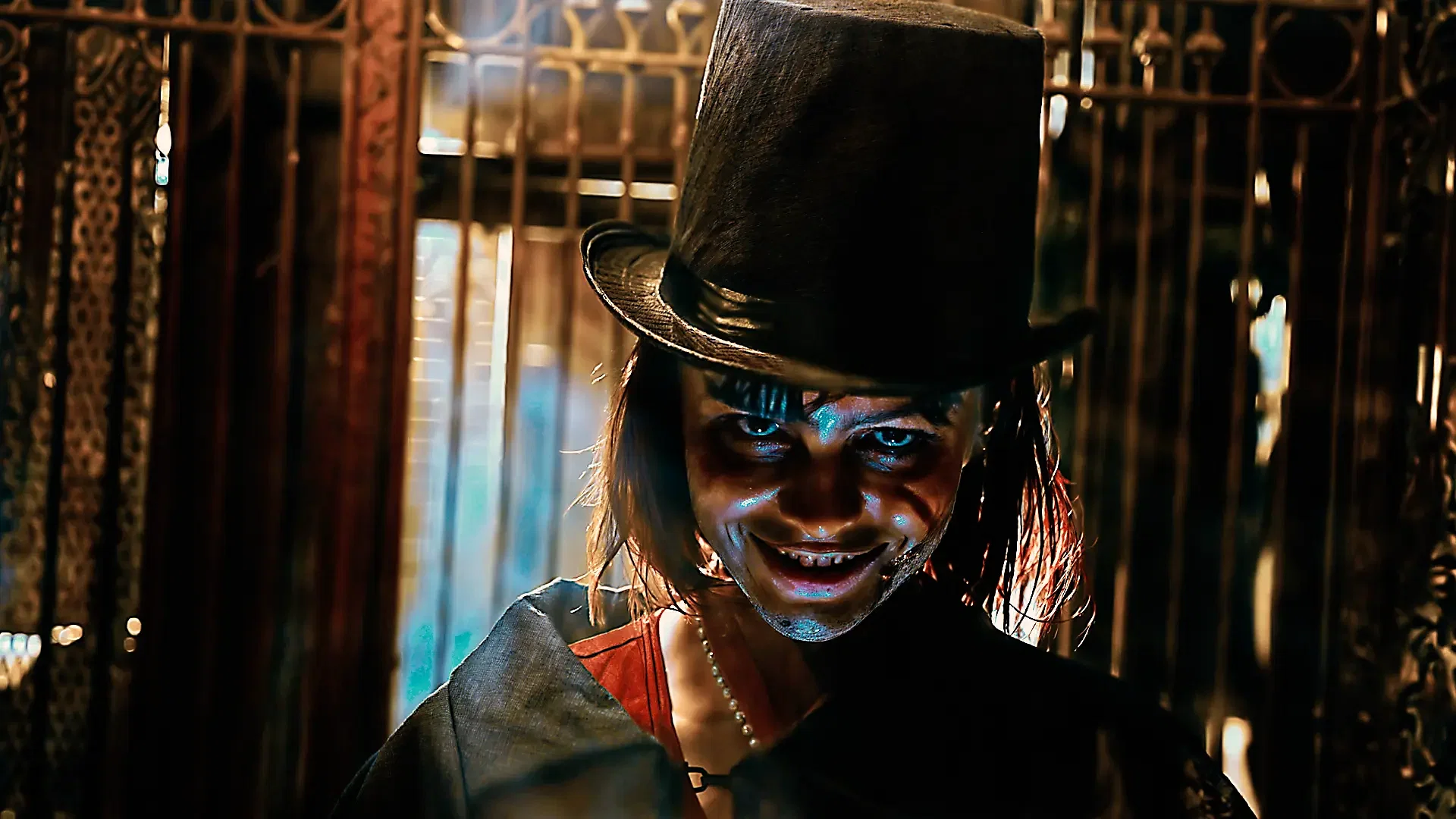“None of us are going to heaven”
All blog art by T.J. Denton – @tdenton_1138
Great entertainers know: Sometimes you gotta play it straight. With Henry: Portrait of a Serial Killer, the second feature in Week 6 of The Last Drive-In, Joe Bob had no choice. And neither did we. Henry is based on the lives of Henry Lee Lucas and Ottis Toole, serial killers who drifted and grifted their way through the Me Decade before their capture in the early 80s. The two were convicted of dozens of murders but discredited for thousands of false confessions, which begs the question: How many murders does it take to remain infamous?
This is no morality tale
Henry is the only film to receive an X rating from the MPAA for “moral tone.” The movie opens and closes with the bloody artifacts of Henry’s off-screen murders – as if these lives are so insignificant, we see only their consequence. The prostitutes. The electronics fencer. There are exceptions. The innocent family whose deaths Henry and Otis (movie spelling) capture on film. The unsuspecting motorist. And Otis’s sister, Becky. Poor sweet Becky. The film’s gritty style reflects these lives, as Joe Bob notes:
“You want to see what the life of a killer is like? Linoleum. Bad refrigerators. Old sofas. Cheap radios with a lot of crackly static over the pop/rock songs.”
That the setting tells the story makes odd sense. Henry and Otis’s response to life is primarily physical. They smash TVs. They throw cameras out of the window. It’s a mean world, filled with rude, dismissive, demeaning people. Henry describes what it’s like to watch them drop away:
Henry: It’s always the same and it’s always different.
Otis: Whadya mean?
Henry: It’s either you or them, one way or another.
There is, though, an odd morality to Henry. Sometimes he kills, sometimes he’s doesn’t. But there’s always the threat. Even tender acts, like Becky changing her shirt in the kitchen within inches of Henry and Otis, are filled with danger. These are people who put out fire with gasoline. When the beer and cigarettes run out, the only response left is murder.
No consequences
Where are the police? Unlike other serial killer films, there’s no hunt, no chase – except by Henry and Otis. Henry is pure psycho-procedural: how to kill and not get caught. Beyond this, there is no continuity, no narrative arc, just points of no return that have been crossed a thousand times before. The only constant is the need to keep moving:
Otis: Where you going?
Henry: Nowhere. You want to come?
This week’s mail: Texas Chainsaw handkerchiefs from Jason Vicard, Old Hickory, TN, and Membership cards, buttons and other cool stuff from Becky and Tyler of the Teenage Werewolves Horror Film-Themed Club of Long Island, NY











